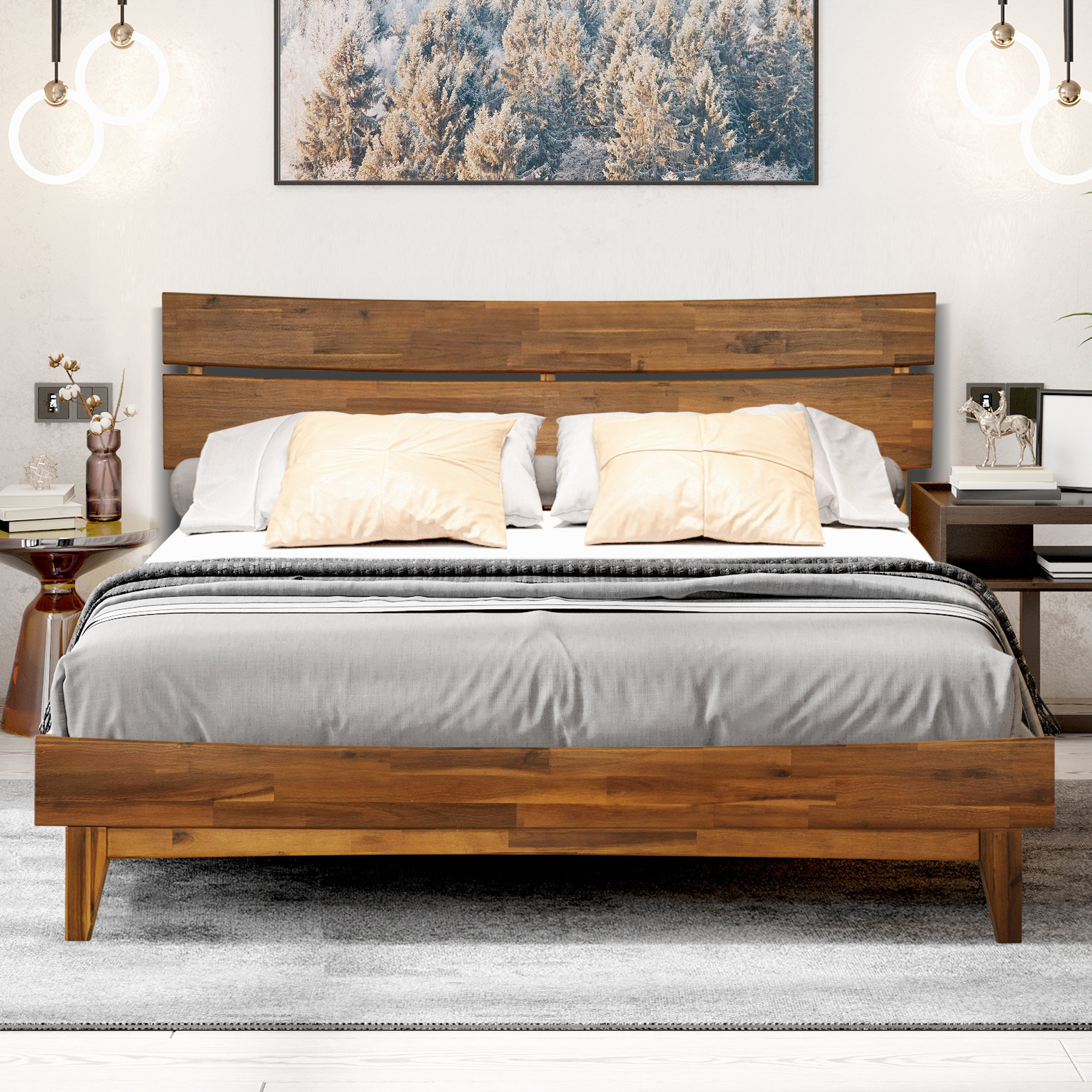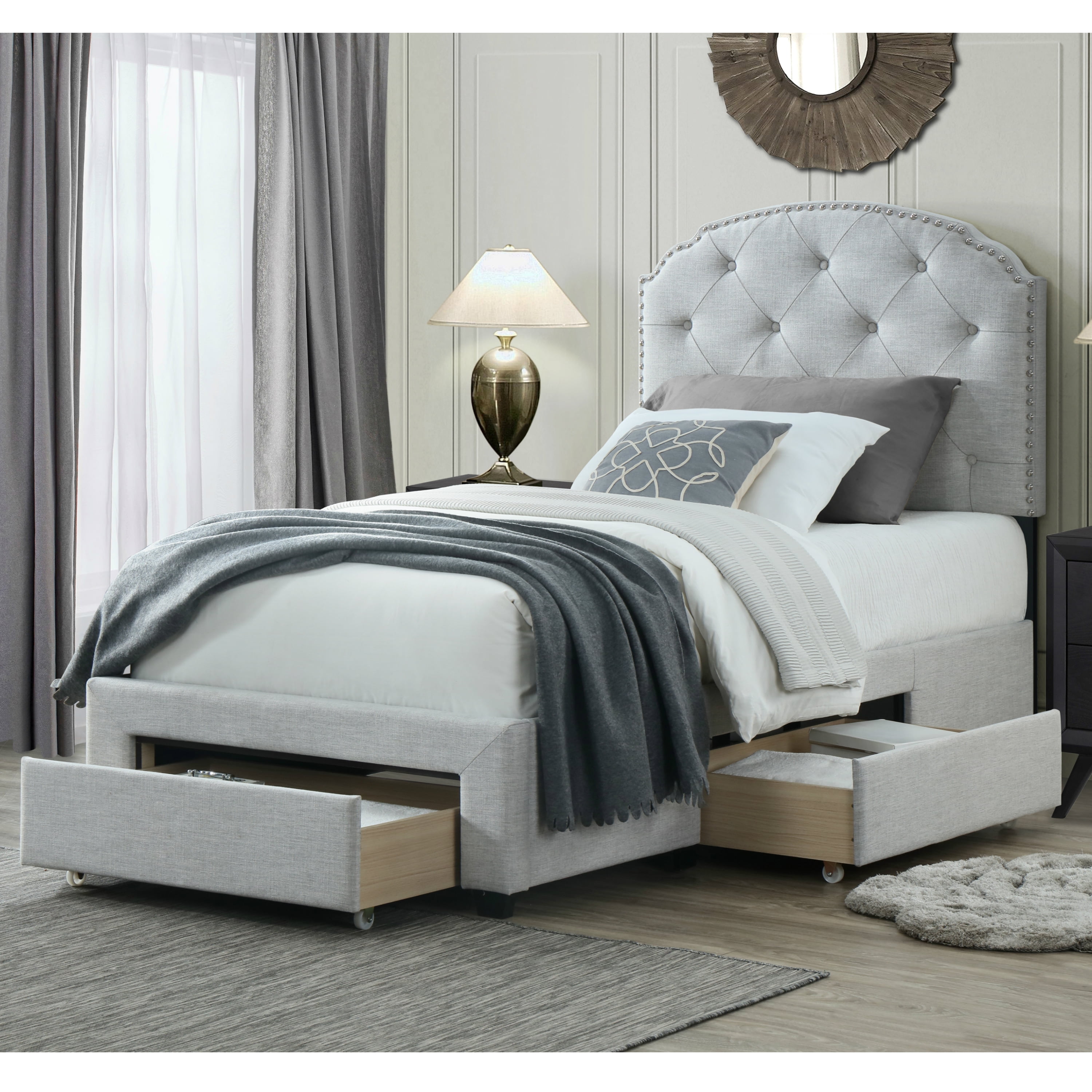Your Guide To Bed Head Heat Protectant: Keeping Your Hair Happy And Healthy
You know, when you think about keeping things safe and sound, your mind might wander to truck bed parts or finding the right hard bed cover that works with bed racks, much like those discussions about 3rd gen Tacomas or even those Billie Bar ads that seem to pop up everywhere. Maybe you've spent time looking at lists of bed towers compatible with tonneau covers, or perhaps you've been showing off your truck bed sleeping platform. We've certainly had plenty of talks about truck dimensions, bolt sizes, and even that very useful image of a Subaru Baja's bed with all its measurements. Today, though, we're taking a little detour from all that talk about Tacoma Worlds and Bakflip MX4 covers.
Instead, we're going to chat about something just as important, but for a totally different kind of "bed": your hair. Specifically, we're focusing on how to keep your hair looking its best, even when it faces the heat. So, if you've ever wondered about giving your hair a little extra shield, you're definitely in the right spot, you know?
We're talking about something many folks reach for every day: **bed head heat protectant**. This little helper is a big deal for anyone who uses hot tools like flat irons, curling wands, or even a blow dryer. It's all about keeping your strands strong and shiny, which, you know, is a pretty good goal for anyone's hair routine.
Table of Contents
- What is Bed Head Heat Protectant and Why Use It?
- How to Pick the Right Bed Head Heat Protectant for Your Hair
- Getting the Most from Your Bed Head Heat Protectant: Application Tips
- Common Missteps to Steer Clear Of
- Beyond the Bottle: Extra Hair Care Tips for Happy Strands
- Frequently Asked Questions About Bed Head Heat Protectant
- Wrapping Things Up
What is Bed Head Heat Protectant and Why Use It?
So, what exactly is **bed head heat protectant**? Basically, it's a product you spray or smooth onto your hair before you use any kind of heat styling tool. Think of it as a little invisible coat that stands between your hair and the hot plates of your straightener or the blast from your blow dryer. It's a pretty neat idea, you know, when you think about it.
Using heat on your hair, while it helps create those amazing styles, can actually do a number on your strands over time. High temperatures can strip away your hair's natural moisture, leading to dryness, breakage, and a rather dull look. This is where a good **bed head heat protectant** comes into play, as it really helps to lessen that damage, you see.
The Science Behind the Shield
It's interesting, really, how these products work. Most **bed head heat protectant** formulas contain special ingredients, like silicones or polymers, that form a sort of barrier around each hair strand. This barrier helps to spread the heat more evenly, so no single spot gets too hot, and it also slows down the heat transfer. That means your hair gets styled, but with a lot less stress, which is pretty clever, actually.
Some products also have conditioning agents or even natural oils that help to keep moisture locked in. This is a big plus because heat styling tends to dry hair out, so having that extra bit of hydration is really helpful. It’s a little like giving your hair a drink before it goes out in the sun, you could say.
More Than Just Protection
Beyond just protecting from heat, many **bed head heat protectant** products offer other good things for your hair. Some help with frizz, making your hair smoother and easier to manage. Others might add a nice shine, making your styled hair look even better. And some can even help your style last longer, which is a definite bonus, you know?
For anyone who regularly uses hot tools, making a **bed head heat protectant** part of your routine is, honestly, a smart move. It’s like putting on sunscreen before going outside; it’s a simple step that can make a huge difference in the long run for your hair's health. It’s just good common sense, in a way.
How to Pick the Right Bed Head Heat Protectant for Your Hair
Just like you wouldn't use the same truck bed cover for every type of truck, not all **bed head heat protectant** products are exactly alike. Finding the best one really depends on your hair type and what your hair needs. It's about matching the product to your unique strands, which is pretty important, you know?
For Fine or Thin Hair
If your hair is on the finer side, you'll want a **bed head heat protectant** that feels light and won't weigh your hair down. Look for sprays rather than creams, as they tend to be less heavy. Products that promise "lightweight" or "volume-boosting" benefits are often a good choice here. You don't want anything that makes your hair feel greasy or flat, you know?
For Thick or Coarse Hair
For those with thicker or coarser hair, you might need a **bed head heat protectant** that's a bit more robust. Creams or lotions can work well here, as they often provide more conditioning and can help to tame frizz. Look for ingredients like argan oil or shea butter, which offer deeper moisture and protection. Your hair can handle a bit more product, so don't be shy, you know?
For Colored or Damaged Hair
If your hair is colored or has seen better days, you'll want a **bed head heat protectant** that also helps to repair and strengthen. Products with keratin or other proteins can be very beneficial, as they help to rebuild the hair's structure. Also, look for those that specifically mention "color-safe" or "repairing" on the label. It’s like giving your hair a little extra TLC, which is often needed, apparently.
Getting the Most from Your Bed Head Heat Protectant: Application Tips
Applying your **bed head heat protectant** correctly is just as important as picking the right one. A good application means your hair gets the full benefit of the product, which is what we're aiming for, right? It's not just about spraying it on; there's a little bit of technique involved, you know.
Prepping Your Hair
Always start with clean, damp hair if you're blow-drying, or completely dry hair if you're using a flat iron or curling iron. Applying **bed head heat protectant** to dirty or oily hair might not give you the best results. A clean canvas is always best for any kind of styling, which is pretty much a given, you know.
Even Coverage is Key
Whether you're using a spray or a cream, make sure you get even coverage. For sprays, hold the bottle a few inches away from your head and mist evenly over sections of your hair. If it's a cream, put a small amount in your palm, rub your hands together, and then work it through your hair, focusing on the mid-lengths and ends, which are often the most vulnerable. You want every strand to have a little bit of that shield, you see.
Drying Before Hot Tools
This is a big one: if you're using a flat iron or curling iron, make sure your hair is completely dry before applying direct heat. Using these tools on damp hair can actually boil the water inside your hair strands, causing serious damage. So, if you've applied your **bed head heat protectant** to damp hair, blow-dry it first until it's totally dry. It’s a very important step, you know, for keeping your hair safe.
Common Missteps to Steer Clear Of
Even with the best intentions, it's easy to make a few mistakes when using **bed head heat protectant**. Knowing what to avoid can help you get the most out of your product and keep your hair in tip-top shape. These little adjustments can make a pretty big difference, you know.
Using Too Much Product: While you want good coverage, using too much **bed head heat protectant** can leave your hair feeling heavy, greasy, or even sticky. Start with a small amount and add more if you feel you need it. Less is often more, especially with these kinds of things, you know?
Not Distributing Evenly: Just spraying it on top won't do the trick. If the product isn't spread out, some parts of your hair will be protected, but others won't. Take a moment to comb or brush the product through your hair after applying to make sure every strand gets some love. It’s pretty important for full coverage, you see.
Skipping It on "Low" Heat: Even if you're using a lower heat setting on your tools, your hair still needs protection. Any heat can cause some level of damage over time, so it's always a good idea to use **bed head heat protectant** every time you style with heat. It's just a good habit to get into, you know?
Applying to Already Styled Hair: **Bed head heat protectant** is meant to be a barrier *before* heat. Applying it to hair that's already been styled with heat won't protect it from past damage and might just make your hair feel weighed down. It’s a preventative measure, basically, not a cure-all, you know?
Beyond the Bottle: Extra Hair Care Tips for Happy Strands
While **bed head heat protectant** is a fantastic tool, it's just one part of a bigger picture when it comes to keeping your hair healthy. Think of it like maintaining your truck: you wouldn't just focus on the bed; you'd look at the engine, the tires, and everything else too. Your hair needs a similar all-around approach, which is pretty true, you know.
Regular Trims: Getting your hair trimmed every few months helps get rid of split ends, which can travel up the hair shaft and cause more damage. This keeps your hair looking fresh and healthy. It's a simple step, but a very effective one, you know.
Deep Conditioning Treatments: Once a week or every couple of weeks, treat your hair to a deep conditioning mask. This helps to restore moisture and nutrients, especially if you use heat tools often. It’s like giving your hair a little spa day, which is rather nice, you know?
Lower Heat Settings: Whenever possible, use the lowest effective heat setting on your styling tools. You might find you don't need the highest heat to get the style you want, and your hair will thank you for it. It’s a small change that can make a big difference, you know?
Air Drying When You Can: Giving your hair a break from heat styling by letting it air dry is always a good idea. Even just one or two days a week can give your hair a chance to recover and breathe. It’s a pretty simple way to reduce stress on your strands, you know.
Healthy Diet and Hydration: What you put into your body shows up in your hair. Eating a balanced diet rich in vitamins and minerals, and drinking plenty of water, helps your hair grow strong and healthy from the inside out. It’s a pretty fundamental thing, you know, for overall wellness.
You can learn more about general hair care practices on our site, which might give you some more helpful pointers. Also, for more specific tips on dealing with different hair types, you can check out this page for more details.
Frequently Asked Questions About Bed Head Heat Protectant
People often have a few common questions about **bed head heat protectant**, so let's clear some of those up. These are the kinds of things that pop up when you're trying to figure out the best way to care for your hair, you know?
Is bed head heat protectant really necessary?
Honestly, yes, it really is. If you use any kind of heat styling tool – a blow dryer, flat iron, or curling iron – **bed head heat protectant** creates a barrier that helps to shield your hair from the intense heat. Without it, your hair is more likely to get dry, brittle, and even break. It's a pretty important step for keeping your hair healthy, you know?
How often should I use bed head heat protectant?
You should use **bed head heat protectant** every single time you apply heat to your hair. Whether it's daily or just once a week, if heat is involved, the protectant should be too. It’s a pretty simple rule to follow, you know, for consistent protection.
Can I use bed head heat protectant on dry hair?
It depends on the product. Some **bed head heat protectant** sprays are designed to be used on dry hair, especially before using a flat iron or curling iron. Others are best applied to damp hair before blow-drying. Always check the instructions on your specific product bottle to be sure. It’s pretty important to follow those directions, you know, for the best results.
Wrapping Things Up
So, there you have it. While we might usually talk about truck bed parts, like those discussions on hard bed covers or the various bed rack options, today we've focused on keeping your hair in great shape. Using a good **bed head heat protectant** is a simple yet very effective way to keep your hair looking its best, even with regular heat styling. It’s a little bit of care that goes a long way, you know, for your hair's overall health.
Making **bed head heat protectant** a regular part of your hair care routine can help you keep those strands strong, shiny, and less prone to damage. It’s about being proactive and giving your hair the protection it needs in today's world of styling. So, go ahead, give your hair that little bit of extra love it deserves. You’ll be glad you did, you know?
For more insights on hair care science, you might find information on reputable beauty science websites helpful, such as those discussing the science behind heat protectants.

Acacia Aurora Solid Wood Bed Frame with Headboard & Reviews | Wayfair

ADORNEVE Full Bed with Led Lights, Platform Bed Frame with 4 Drawers

DG Casa Argo Tufted Upholstered Panel Bed Frame with Storage Drawers